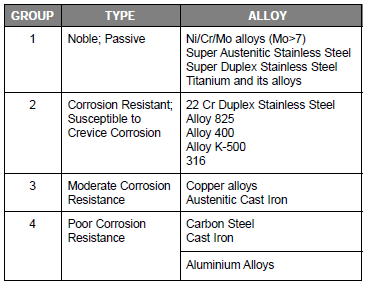Mining is one of many industrial applications where water management has become crucial to profitability. In this guest post, Emerson’s Ron Pozarski, a member of the metals and mining industry team, shares his thoughts on what we might learn from other industries that may help us manage this resource better in the mining industry.
In a previous post, Is Water Management a Core Competency for Successful Mining?, we discussed research driven by the scarcity of clean water and the cost of SWRO (Seawater Reverse Osmosis) that is being done at CSIRO (The Commonwealth Scientific and Industrial Research Organisation). Its goal is to determine where salt water can be used in mining, including crushing, grinding, flotation, and separation. The studies tend to focus on the saline concentration of the water and how that impacts the chemistry of the operation. We also know that the high concentrations of salt can also impact the life of the processing equipment through accelerated corrosion. Experience with salt water gained in Marine, offshore platforms and SWRO water treatment plants can be applied to salt water systems in mining.
These industries have dealt with the corrosive issues of salt water for decades and have learned over the years where they can get away with standard practices, and where they are better off investing in more corrosion resistance. A critical failure in a Reverse Osmosis system can shut down the drinking water of a city. A failure on an offshore oil platform can scramble resources to transport replacement parts and technicians via helicopter to make the repair. Identifying where salt-water corrosion can affect the plant and taking the steps to eliminate those types of failures has made a big difference in these operations.
Typically, carbon steel and 316SS [stainless steel] materials are routinely used in mining systems. The introduction of salt water forces the mines to take a closer look at corrosion resistance. The following table is taken from the UK Department of Trade and Industry publication, Bimetallic Corrosion.
In general, alloys in Group 2, including 316 are acceptable for use in seawater. These alloys have low corrosion rates but are susceptible to crevice or weld corrosion in seawater. In applications where a small amount of corrosion can impact the performance of the system the mine may want to consider moving to an alloy in Group 1. Group 1 contains passive alloys, which adopt electropositive potentials in seawater. These applications could include critical mechanical clearances, sealing surfaces or instrumentation where relatively minor corrosion could result in a leak, error or cause premature failure. Moving to Nickel Alloy C-276, Super Duplex Stainless Steel or Titanium in these cases can significantly reduce corrosion related issues.As we face the challenges ahead, how can we take advantage of the experience gained by others to reduce our learning curve?





